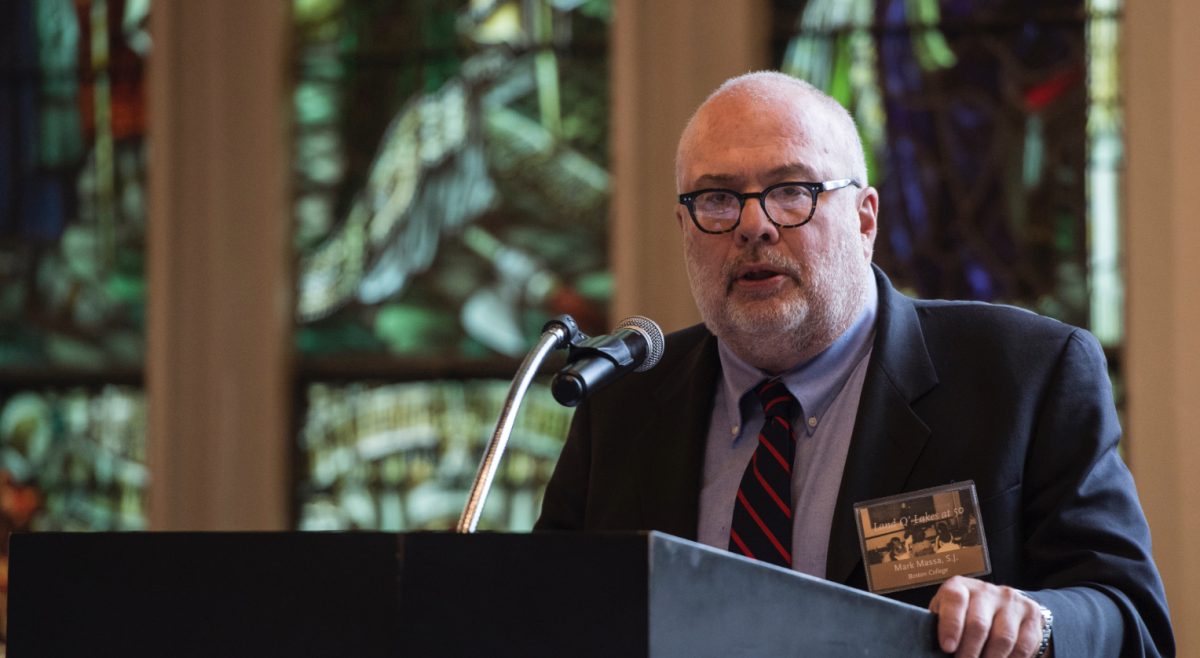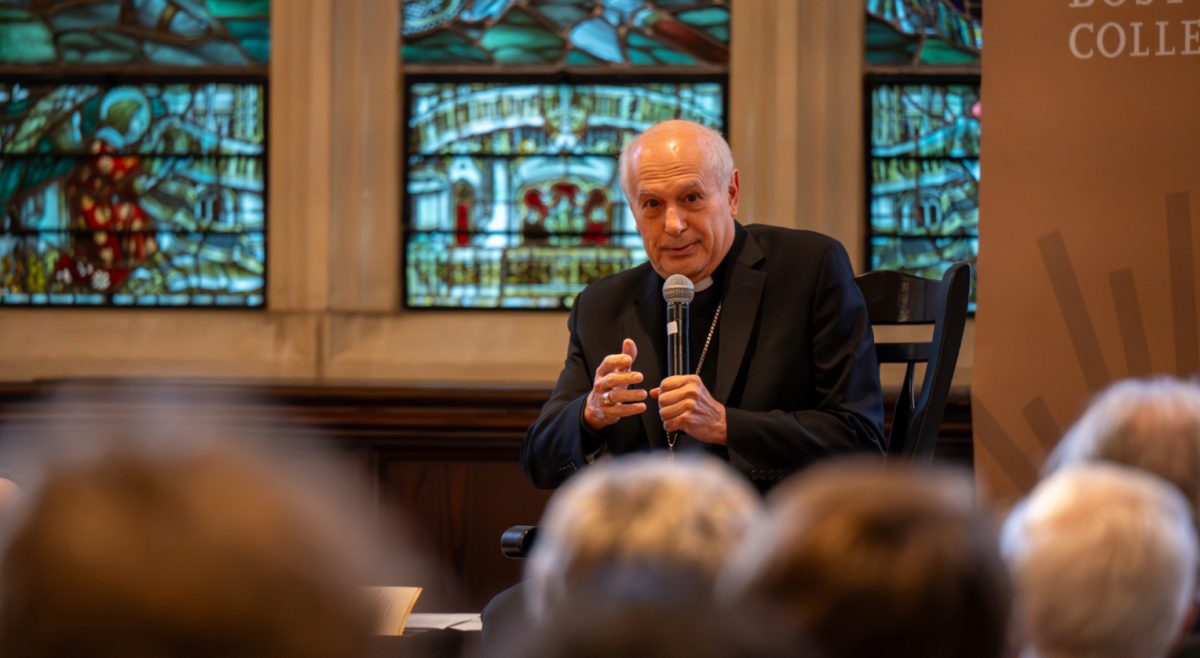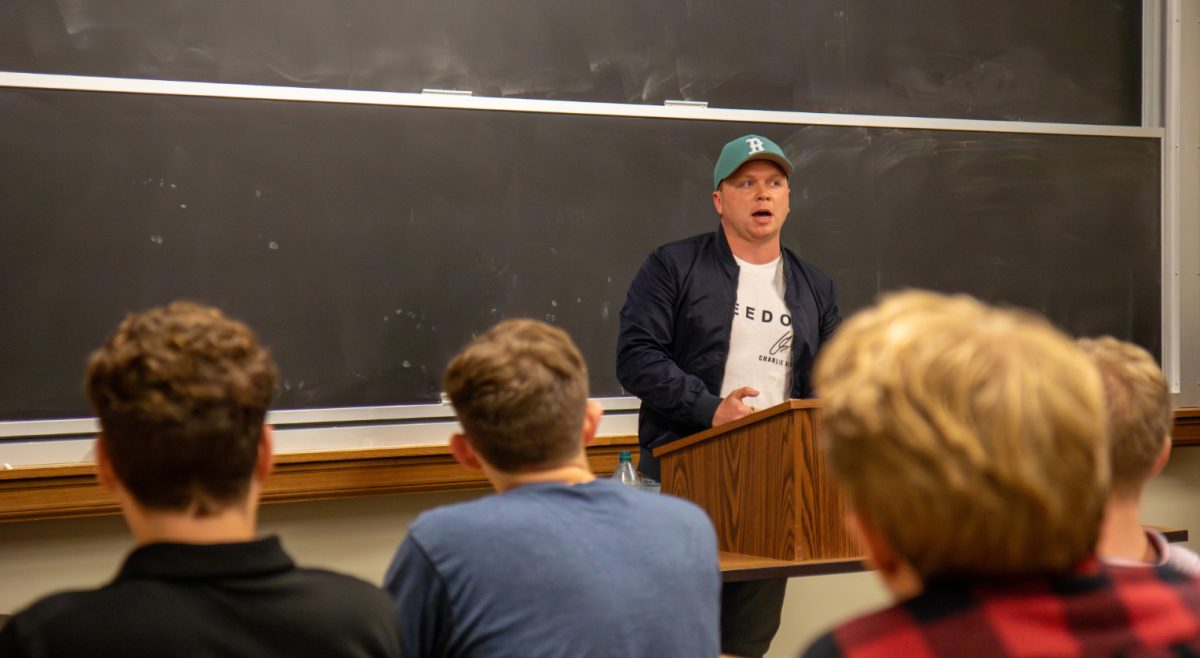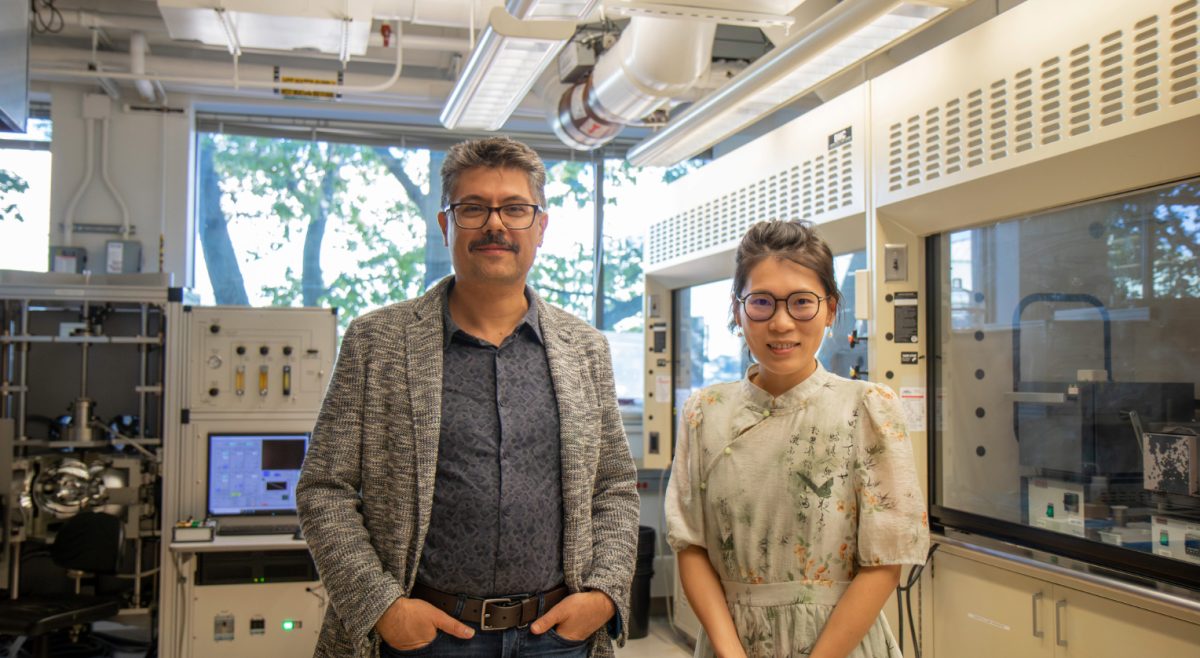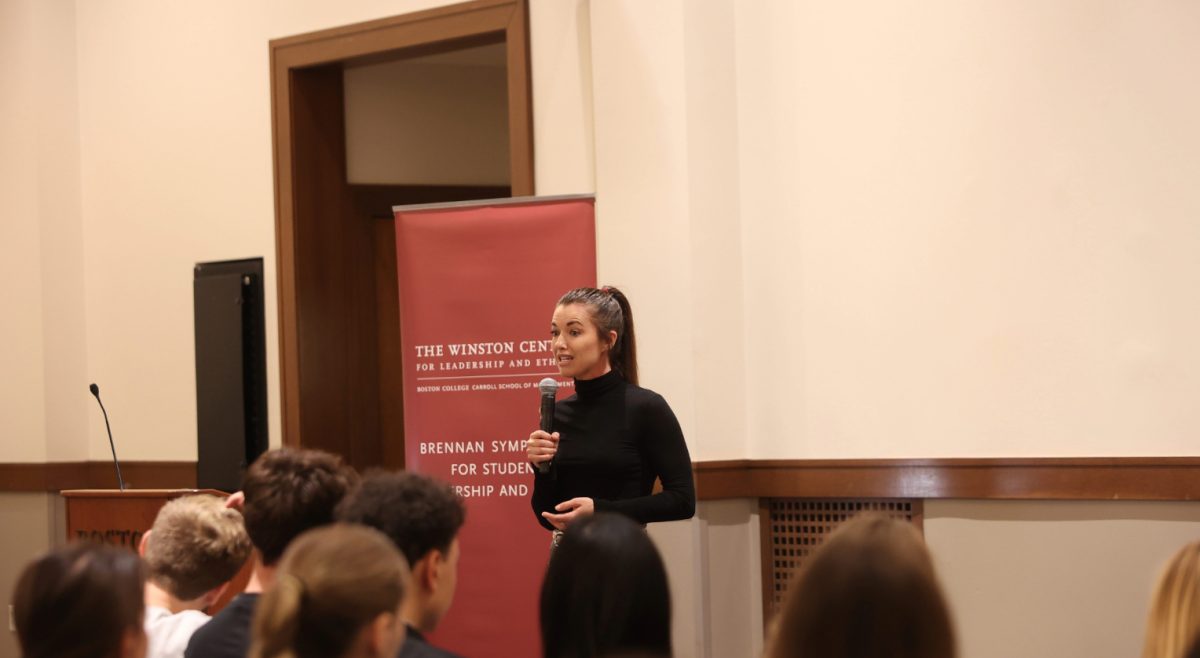The Boston College Women’s Center wants students to understand that identity is not created entirely by oneself—it is often projected by society onto an individual through stereotypes, assumptions, and stigmas.
On Monday, the Women’s Center worked with various other organizations on campus to kick off CARE Week with an interactive event built around the intersection of identity and surviving sexual violence.
Rachel DiBella, the assistant director of the Women’s Center, along with multiple members of FACES and the LGBTQ Leadership Council, opened the discussion by reminding students of the main goals of the event: self-care and community improvement.
Students, split into different tables, engaged in small-group discussion throughout the entirety of the event on multiple topics.
The discussion began with a question about the meaning of the word “identity.” Students were invited to discuss with one another what groups they most strongly identify with, what aspects of themselves define their perception of the world, and what challenges they face because of the different parts of their identity.
“Some of our identity we get to choose, and some of it we don’t,” DiBella said.
Students also discussed intersectionality and its origins. They shared their personal definitions of intersectionality with the rest of the room. One response was that intersectionality is the intertwined nature of multiple aspects of identity. Another definition of the word is the acceptance of people from different identities in an environment of empathy and inclusion.
DiBella pointed out that the word’s origin had to do more so with the latter definition, mentioning Kimberlé Crenshaw’s work to bring to light the issue of black women having a lesser voice and representation in both feminist movements and civil rights movements in 1989. Crenshaw is an American civil rights advocate and leading scholar in critical race theory.
After creating an awareness of how different identities cause different experiences and laying the groundwork for an understanding the role of intersectionality in an individual’s experience, DiBella turned toward the concept of placing an identity on another as a way to assert power over them.
Some identities, DiBella pointed out, were created simply to place a label on an “other” as a way to diminish that group’s voice.
This is the first example used to display the importance of language in discourse.
Another important language distinction is the tendency for individuals to place blame on an identity rather than an “-ism” or institution, as DiBella put it.
“Some of our identity we get to choose, and some of it we don’t.”
—Rachel DiBella, assistant director of the Women’s Center
“I struggle a lot with listening to folks say that a person may have faced discrimination because they are a women,” DiBella said. “No, they faced discrimination because of sexism.”
With an understanding of how different labels and narratives can be created to instill power in one group and take power from another, DiBella turned the conversation toward sexual violence.
BC defines sexual violence as “any sexual contact or sexual penetration with another individual without consent.”
DiBella prompted students to consider how an individual’s experience might be affected by their identity as a survivor of sexual violence.
Each table was given a different aspect of identity to consider such as sexual orientation, religion, or socioeconomic status. Students questioned what challenges individuals may face when seeking help after experiencing sexual violence. The exercise allowed students to see past the narratives created by society and assumptions they may individually hold to understand the challenges experienced by others.
“In order to exist in an empowered way either as survivors, or allies, or activists within certain communities, I think it is important to deconstruct the predominant narratives that have always been placed at the center of conversation,” DiBella said.
As the conversation drew to a close, DiBella asked students to consider what assumptions they have challenged throughout the event, what these questions made them feel, and how they will change their actions in the future to make BC’s environment the best it can be for all identities.
DiBella reminded students of the reality the activity was not able to display and how the diversity of identities that exists within one individual creates an even greater need for intersectionality and inclusion on campus.
“What would it mean to take identities like this and know that they don’t get split off into tables or groups?” DiBella said. “People aren’t able to, nor should they have to, compartmentalize the diversity of identities that they all hold and walk with.”
Featured Image by Julia Hopkins / Heights Editor


